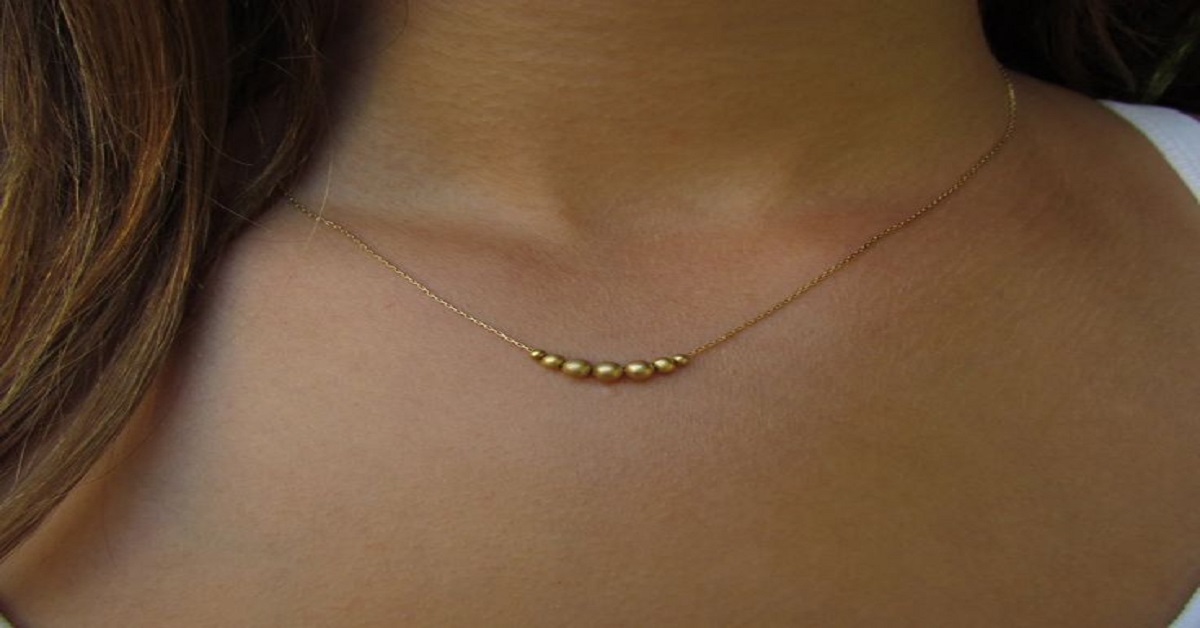The world of jewelry shopping has undergone a remarkable transformation with the advent and evolution of online platforms. What was once a predominantly offline experience, characterized by visits to brick-and-mortar stores and consultations with expert jewelers, has now shifted significantly into the digital realm.
This evolution has not only changed how consumers browse and purchase jewelry but has also influenced the entire industry, from design and marketing to customer engagement and sales strategies.
Early Days: The Emergence of Online Jewelry Stores
In the early 2000s, the concept of purchasing jewelry online was met with skepticism and hesitation. Consumers were wary of buying high-value items such as diamonds, gemstones, and precious metals without seeing them in person.
However, pioneering online jewelry stores began to emerge, offering consumers a new way to explore and purchase jewelry from the comfort of their homes.
Overcoming Challenges: Building Trust and Quality Assurance
One of the biggest challenges faced by early online jewelry retailers was building trust with consumers. Establishing credibility and ensuring quality assurance became paramount. Companies invested in robust return policies.
Certifications for diamonds and gemstones, and detailed product descriptions accompanied by high-resolution images to replicate the in-store experience as closely as possible.
Advancements in Technology: Changing the Landscape
As technology advanced, so did the online jewelry shopping experience. High-definition imagery, 360-degree views, and even virtual try-on tools allowed consumers to examine jewelry in intricate detail from every angle.
Augmented reality (AR) and virtual reality (VR) further revolutionized the industry by enabling customers to virtually wear jewelry before making a purchase decision.
Personalization and Customization
Another significant advancement has been the rise of personalized and customizable jewelry options online. From engraved messages to bespoke designs, consumers can now tailor pieces to reflect their unique preferences and sentiments.
This shift towards personalization has not only enhanced customer satisfaction but has also opened up new avenues for creativity and innovation in jewelry design.
Market Expansion and Accessibility
The accessibility offered by trendy online jewelry shopping platforms has expanded the market for jewelry retailers exponentially. Small independent jewelers and artisans who once relied solely on local clientele can now showcase their creations to a global audience.
This democratization of access has led to a diversification of styles, materials, and design philosophies available to consumers worldwide.
Bridging the Gap: Online-Offline Synergy
Despite the growth of online jewelry shopping, the industry has recognized the enduring value of in-person experiences. Many online retailers have integrated hybrid models that incorporate physical showrooms or pop-up stores where customers can view and try on jewelry before making a purchase.
This synergy between online and offline channels aims to provide consumers with flexibility while maintaining the personal touch of traditional jewelry shopping.
Changing Consumer Behavior and Expectations
The evolution of online jewelry shopping has not only reshaped how jewelry is bought and sold but has also influenced consumer behavior and expectations. Convenience, price transparency, and a seamless shopping experience are now baseline expectations.
Social proof and customer reviews play a crucial role in decision-making, as consumers seek reassurance from others who have purchased similar items online.
Sustainability and Ethical Practices
In recent years, there has been a growing demand for transparency regarding the sourcing and manufacturing practices of jewelry.
Online retailers have responded by prioritizing sustainability, ethical sourcing of materials, and responsible manufacturing processes. This shift reflects changing consumer values and a heightened awareness of the environmental and social impact of their purchases.
Future Trends and Innovations
Looking ahead, the future of online jewelry shopping promises continued innovation and adaptation to technological advancements. Artificial intelligence (AI) and machine learning algorithms are expected to play a more significant role in personalized recommendations and predictive analytics.
Enhancing the shopping experience further. Blockchain technology may also be leveraged to provide immutable records of a jewelry piece’s provenance and authenticity.
Beyond Transactions: Building Communities and Experiences
Moreover, online jewelry retailers are increasingly focusing on building communities and creating memorable shopping experiences. Virtual events, interactive content, and behind-the-scenes glimpses into the craftsmanship behind each piece help forge deeper connections between brands and consumers.
This emphasis on storytelling and engagement adds value beyond the transactional aspect of purchasing jewelry.
Conclusion
In conclusion, the evolution of online jewelry shopping has been marked by innovation, adaptation, and a fundamental shift in consumer behavior. From overcoming initial skepticism to embracing technological advancements, the industry has transformed how jewelry is bought, sold, and experienced.
As we look to the future, the continued integration of technology. Personalized experiences and ethical considerations will shape the next chapter of online jewelry shopping. Offering consumers unparalleled choice, convenience, and confidence in their purchases.
